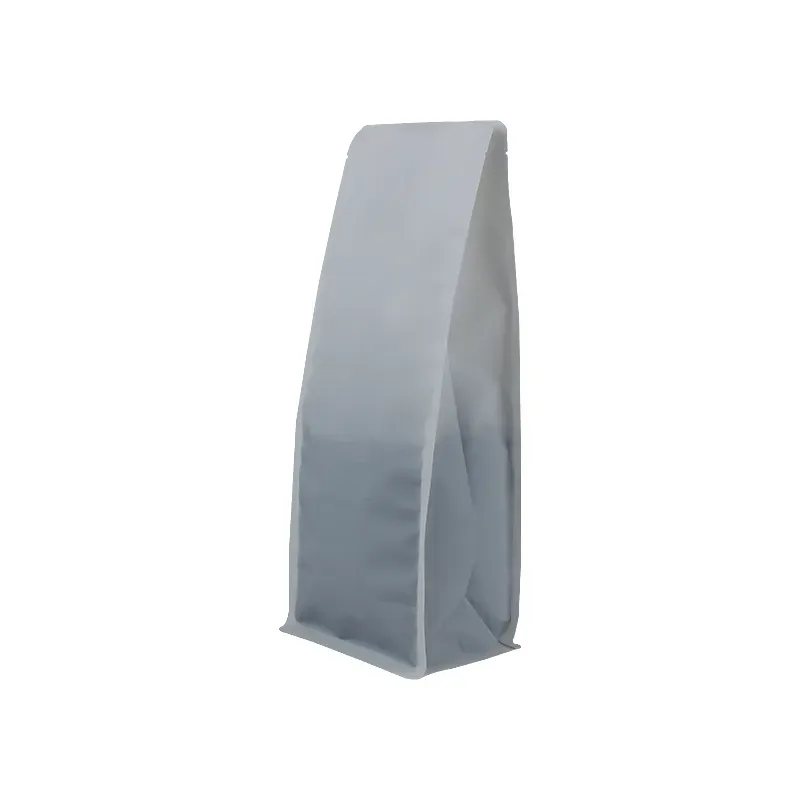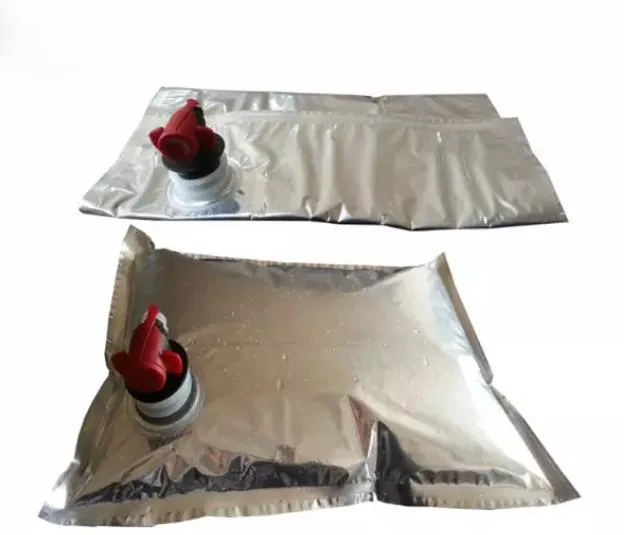Email: enid@bc-pak.com
Tel: 86-757- 88811186
- Afrikaans
- Albanian
- Amharic
- Arabic
- Armenian
- Azerbaijani
- Basque
- Belarusian
- Bengali
- Bosnian
- Bulgarian
- Catalan
- Cebuano
- chinese_simplified
- chinese_traditional
- Corsican
- Croatian
- Czech
- Danish
- Dutch
- English
- Esperanto
- Estonian
- Finnish
- French
- Frisian
- Galician
- Georgian
- German
- Greek
- Gujarati
- haitian_creole
- hausa
- hawaiian
- Hebrew
- Hindi
- Miao
- Hungarian
- Icelandic
- igbo
- Indonesian
- irish
- Italian
- Japanese
- Javanese
- Kannada
- kazakh
- Khmer
- Rwandese
- Korean
- Kurdish
- Kyrgyz
- Lao
- Latin
- Latvian
- Lithuanian
- Luxembourgish
- Macedonian
- Malgashi
- Malay
- Malayalam
- Maltese
- Maori
- Marathi
- Mongolian
- Myanmar
- Nepali
- Norwegian
- Norwegian
- Occitan
- Pashto
- Persian
- Polish
- Portuguese
- Punjabi
- Romanian
- Russian
- Samoan
- scottish-gaelic
- Serbian
- Sesotho
- Shona
- Sindhi
- Sinhala
- Slovak
- Slovenian
- Somali
- Spanish
- Sundanese
- Swahili
- Swedish
- Tagalog
- Tajik
- Tamil
- Tatar
- Telugu
- Thai
- Turkish
- Turkmen
- Ukrainian
- Urdu
- Uighur
- Uzbek
- Vietnamese
- Welsh
- Bantu
- Yiddish
- Yoruba
- Zulu
Customized Printing Spout Pouches
Views :
Update time : Feb . 12, 2025 16:30
In today's rapidly evolving global market, the importance of selecting the appropriate packaging materials cannot be overstated. From the preservation of product integrity to enhancing consumer attraction, packaging plays a pivotal role. Explore five types of packaging materials, each marked by its unique properties, benefits, and applications, and understand why they matter.
4. Metal Packaging Known for exceptional protective qualities and strength, metal packaging is synonymous with longevity and product safety. Cans, made primarily from aluminum and steel, dominate the food and beverage sector, lauded for their ability to prolong shelf life without the need for preservatives. Metal is impervious to pests, oxygen, and light, thus being a top choice for products sensitive to environmental factors. Beyond food, metal packaging is critical in industries like paint and chemical manufacturing, where containment stability is crucial. It is also highly recyclable, and recent advancements have focused on reducing material thickness while maintaining strength, thus addressing sustainability concerns. 5. Flexible Packaging Flexible packaging represents a burgeoning category characterized by its adaptability and resource efficiency. Comprising materials like films, foils, and laminates, flexible packaging can conform to a variety of shapes. Stand-up pouches, vacuum bags, and sachets are examples that illustrate its use in preserving and showcasing products. A standout advantage is its reduced material use, which significantly cuts down on waste and energy consumption during production. Flexible packaging is increasingly popular in the consumer goods sector, where it's used for snacks, dairy, and pet foods. Its lightweight nature results in lower shipping costs and a smaller carbon footprint. Moreover, technological advancements aim to enhance recyclable and compostable features to further mitigate environmental impacts. In conclusion, understanding these diverse packaging materials empowers businesses to make informed decisions that align with their product needs and environmental responsibilities. As global consumer consciousness around sustainability grows, the pressure on industries to adapt is unprecedented. Each material presents a unique set of properties and applications that can be leveraged to bolster product success, marketability, and ecological stewardship. By carefully selecting materials that match product requirements and echo sustainability goals, businesses not only meet the present-day demands but also secure a foundation for future innovations and trustworthy consumer relationships.


4. Metal Packaging Known for exceptional protective qualities and strength, metal packaging is synonymous with longevity and product safety. Cans, made primarily from aluminum and steel, dominate the food and beverage sector, lauded for their ability to prolong shelf life without the need for preservatives. Metal is impervious to pests, oxygen, and light, thus being a top choice for products sensitive to environmental factors. Beyond food, metal packaging is critical in industries like paint and chemical manufacturing, where containment stability is crucial. It is also highly recyclable, and recent advancements have focused on reducing material thickness while maintaining strength, thus addressing sustainability concerns. 5. Flexible Packaging Flexible packaging represents a burgeoning category characterized by its adaptability and resource efficiency. Comprising materials like films, foils, and laminates, flexible packaging can conform to a variety of shapes. Stand-up pouches, vacuum bags, and sachets are examples that illustrate its use in preserving and showcasing products. A standout advantage is its reduced material use, which significantly cuts down on waste and energy consumption during production. Flexible packaging is increasingly popular in the consumer goods sector, where it's used for snacks, dairy, and pet foods. Its lightweight nature results in lower shipping costs and a smaller carbon footprint. Moreover, technological advancements aim to enhance recyclable and compostable features to further mitigate environmental impacts. In conclusion, understanding these diverse packaging materials empowers businesses to make informed decisions that align with their product needs and environmental responsibilities. As global consumer consciousness around sustainability grows, the pressure on industries to adapt is unprecedented. Each material presents a unique set of properties and applications that can be leveraged to bolster product success, marketability, and ecological stewardship. By carefully selecting materials that match product requirements and echo sustainability goals, businesses not only meet the present-day demands but also secure a foundation for future innovations and trustworthy consumer relationships.
Recommend products
Read More >>
Related News
Read More >>













